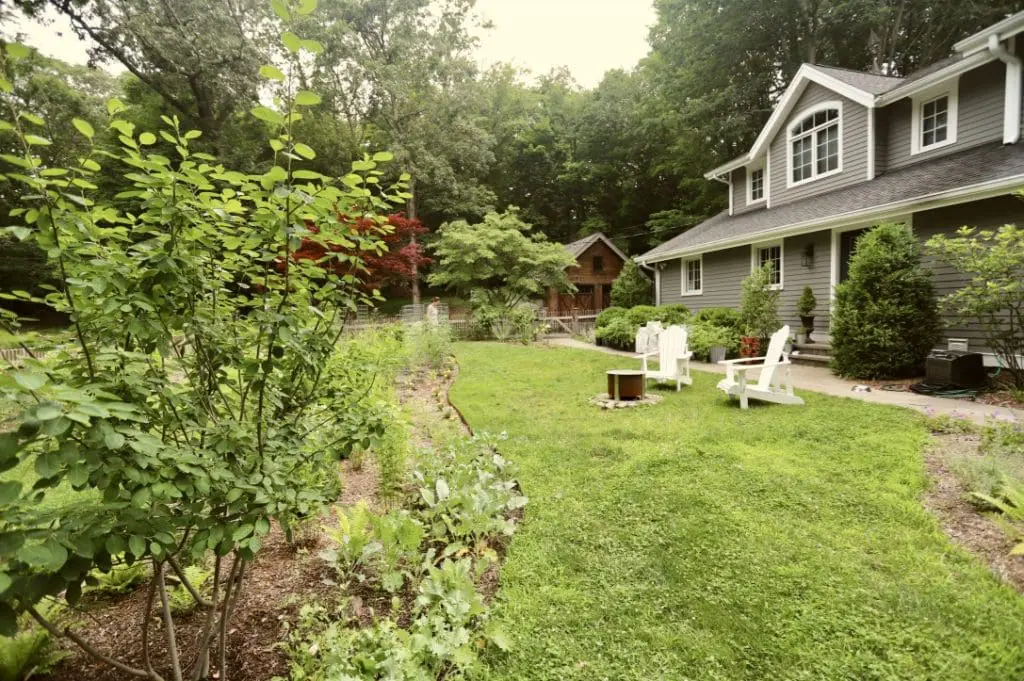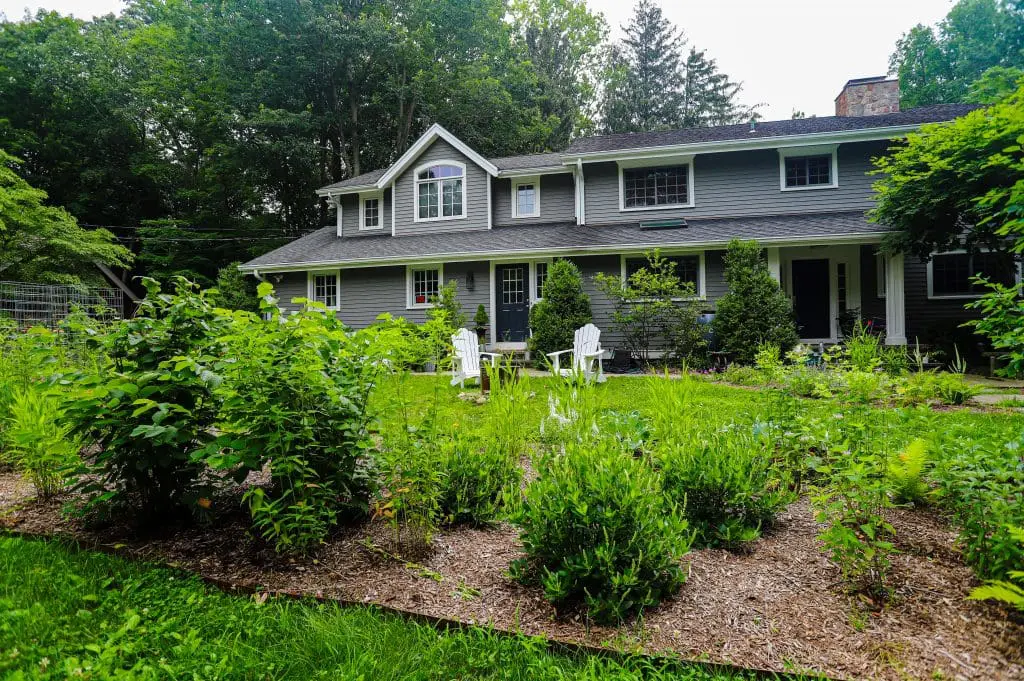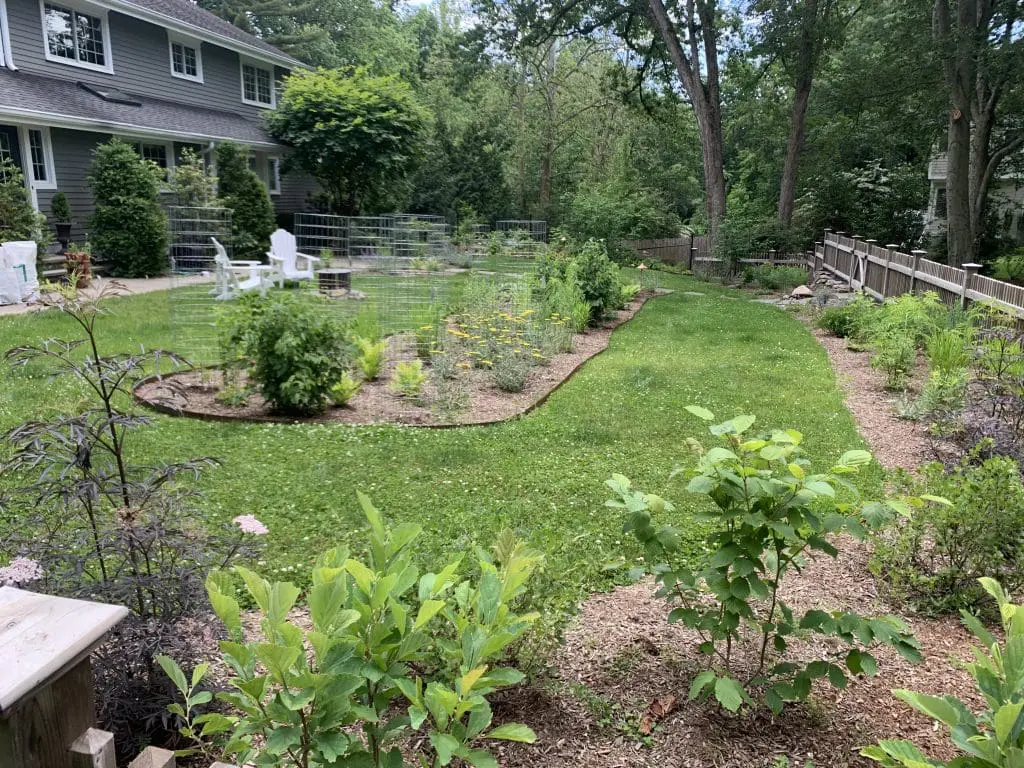The most important step in Our Process as ecological landscape designers is site evaluation. Many properties, especially estates, have a multitude of microclimates with unique site conditions that allow certain plants to thrive and others to decline.
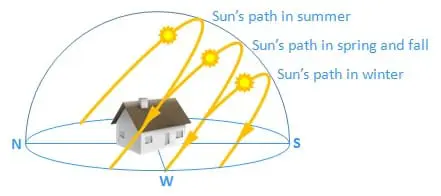
Sun Requirements
Assessing the amount of sunlight goes beyond the aspect (direction) of the zone; afternoon sun is stronger than morning sun, for example. Fences, trees, sheds and neighboring homes may cast significant shadows. Consider all these factors and then decide if your site gets 6-8 hours of direct sunlight daily. If so, consider it a full sun site and pick your plants accordingly.
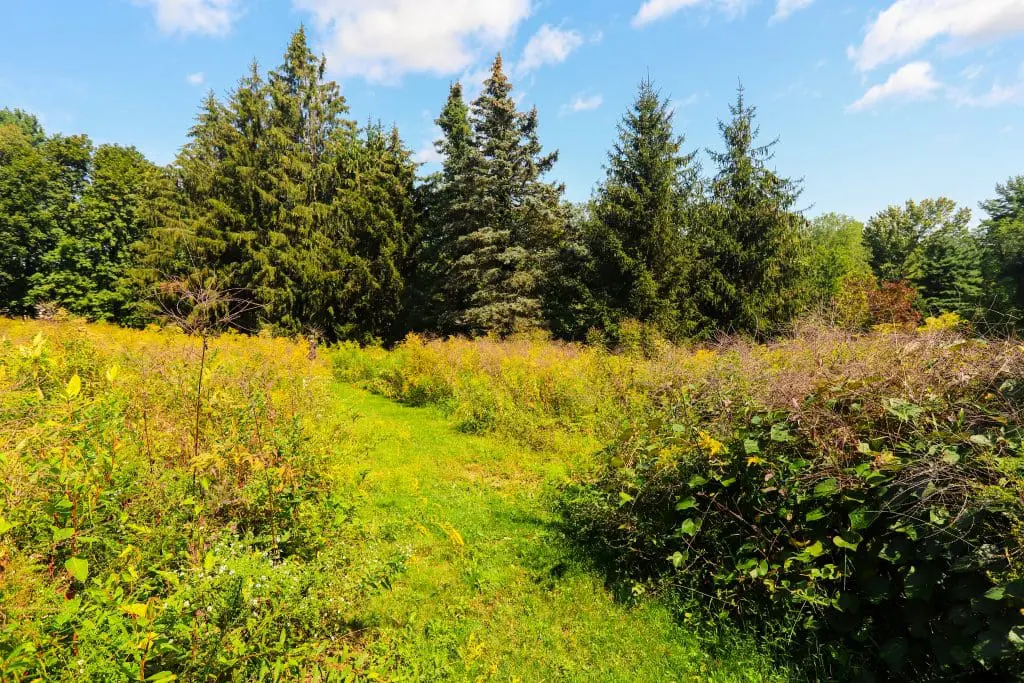
Full Sun Native Environments
When we think of native full sun landscapes, they include meadows, grasslands, and prairies. Full sun plants often flower for extended periods of time and provide a multitude of ecological benefits, from pollinator & bird habitat to carbon sequestration and stormwater absorption. The landscape design potential and ecosystem service potential are limitless in a full sun native landscape!
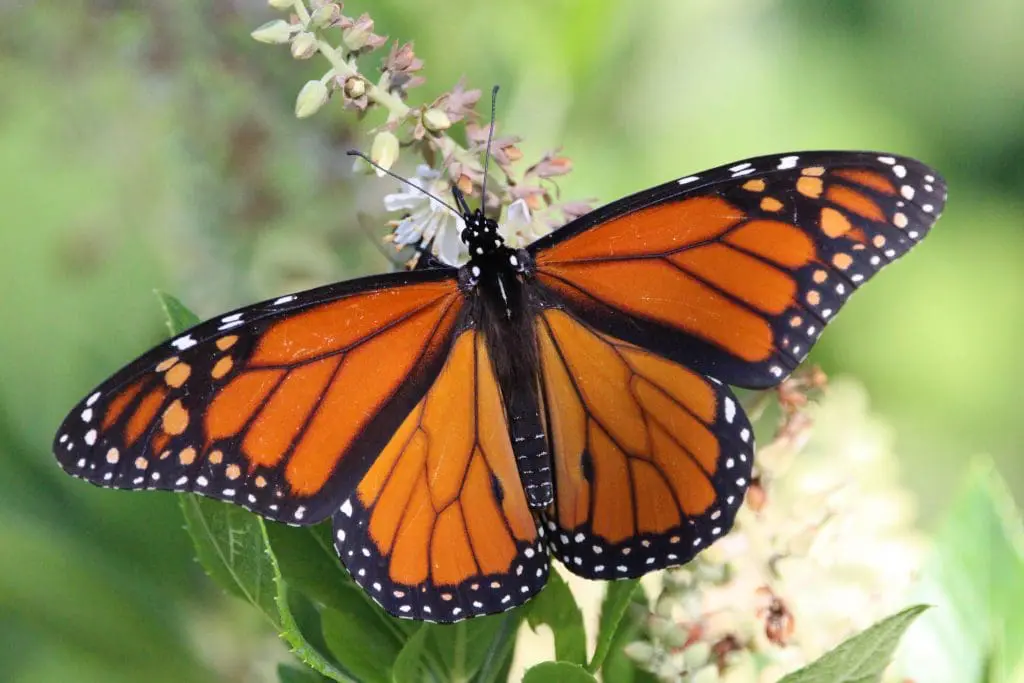
Many of our native, full-sun perennials are host plants for lepidoptera (butterflies and moths). Their nectar provides ample food throughout the growing season, and seed heads become fodder for birds in late summer and fall. Choosing native plants for your full sun site will make your property a thriving haven of birds, bees, and butterflies.
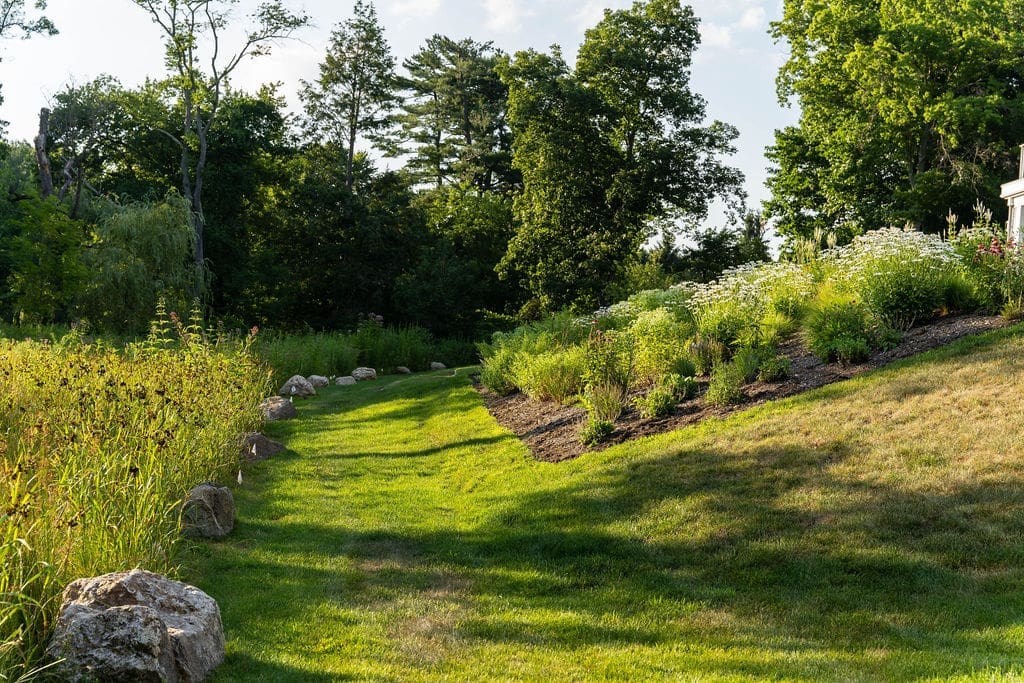
Soil Analysis to Inform Landscape Design
It is important to distinguish the hydrology of your site as well. Plants are designated a Wetland Indicator Status that determines how much soil moisture they require.
The scale ranges from:
Obligate Wetland: Occurs almost always in wetlands (99%)
Facultative Wetland: Usually occurs in wetlands, but occasionally found in non-wetlands (67-99%)
Facultative: Equally likely to occur in wetlands and non-wetlands (34-66%)
Facultative Upland: Usually occur in non-wetlands but occasionally found in wetlands (1-33%)
Upland: Almost always occurs in non-wetlands in the specified region (1%)
We start every project by collecting a soil sample and sending it to local labs for physical and chemical analysis. Understanding the soil structure, pH, organic matter content, and essential nutrient & mineral content is quite literally vital information. The results and analysis from the soil test inform our program for amending the soil. Green Jay’s Organic Land Management program always uses organic, natural source products, but each program is tailor-made to the site’s microclimate and design plan.
Most native prairie and meadow plants prefer a lean soil – not too rich in organic matter. We add amendments to cultivate soil microbes, correct pH, alleviate compaction, and add essential nutrients and minerals.
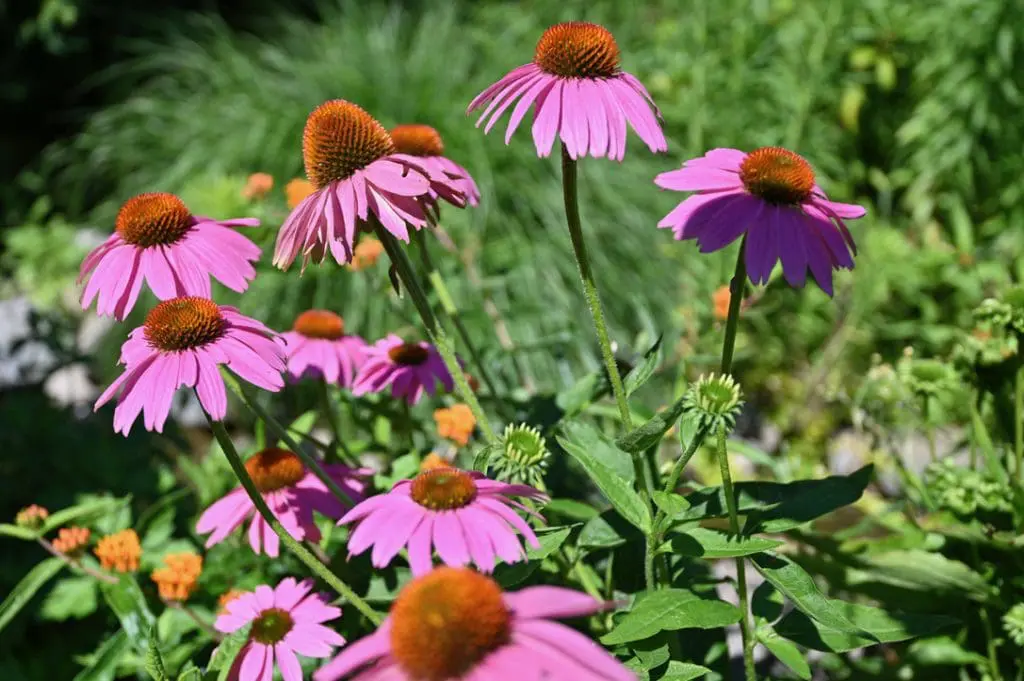
Favorite Native Full Sun Plants
For hot, dry, full sun sites, there are many beautiful natives to choose from. Some of our favorites are:
Blazing Star Liatris
Hyssop Agastache
Blackeyed Susan Rudbeckia
Coneflower Echinacea
Joe Pye Weed Eutrochium
Goldenrod Solidago
Asters Symphyotrichum
For damp to wet, full sun sites, there are also many stunning options, that often are more adept at cleaning soils and water of pollutants.
Cardinal Flower Lobelia
NY Ironweed Vernonia
Swamp Milkweed Asclepias
Swamp Rose Rosa
Blue Flag Iris Iris
Examples of Our Landscape Design Work on Full Sun Sites
Some of our fondest projects have been in beautiful, sunny Fairfield County, CT. Below is a roundup of our best landscape design work.
Private Nature Preserve in Greenwich, Connecticut
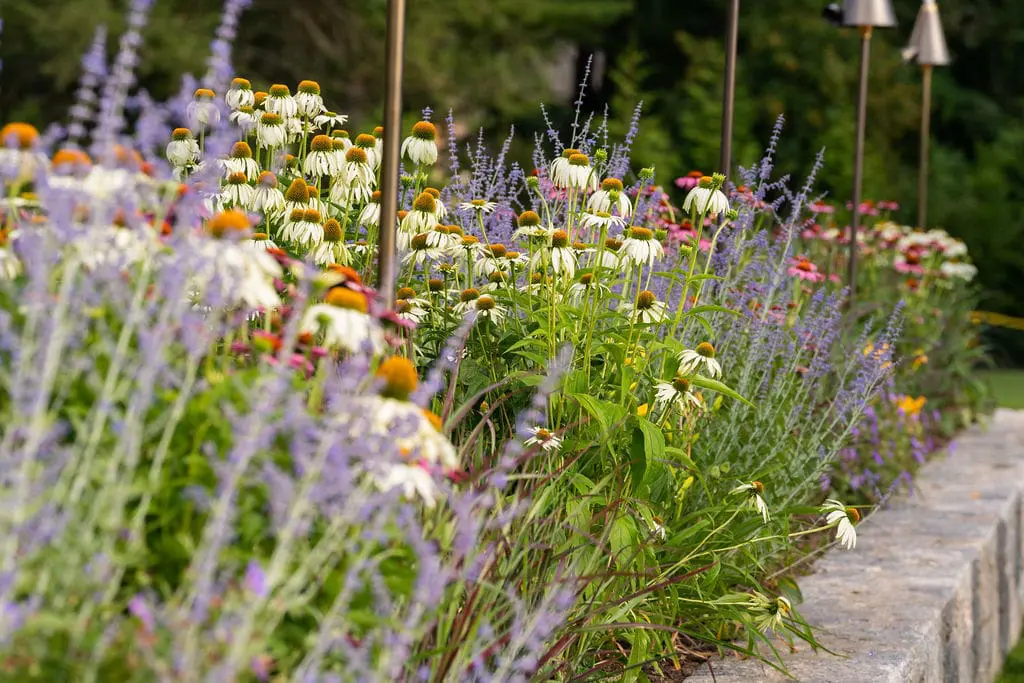
This stunning Connecticut estate has many full sun zones, including dual designed meadow gardens that flank an outdoor staircase. The pool area also received updated landscaping through long-blooming perennial gardens.
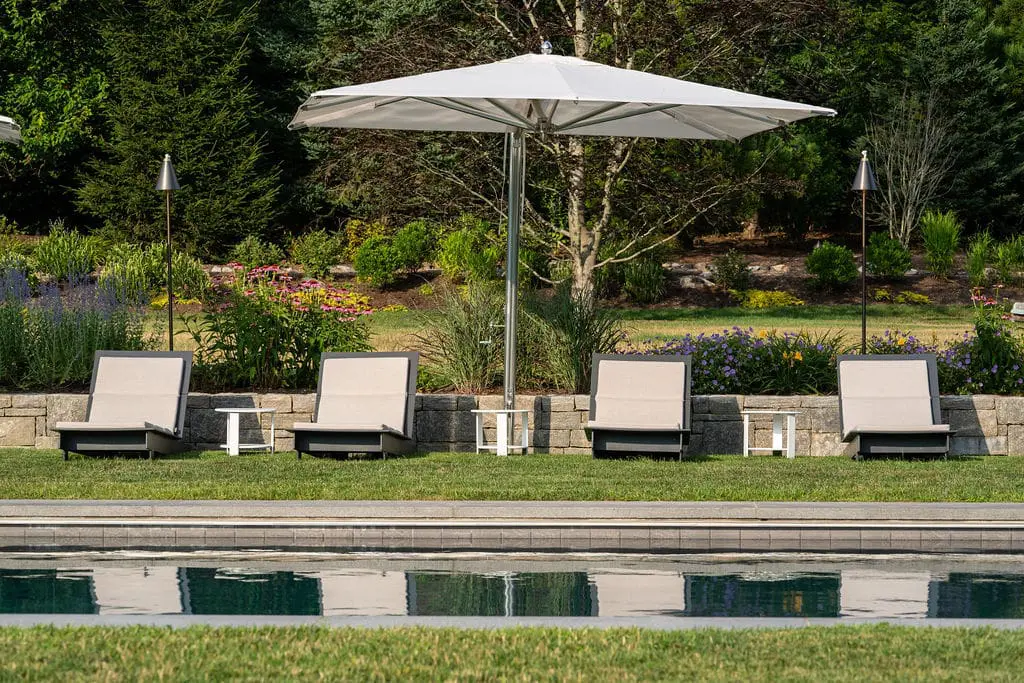
Read more about the project on our previous blog post: #1 Estate-Scale Private Nature Preserve .
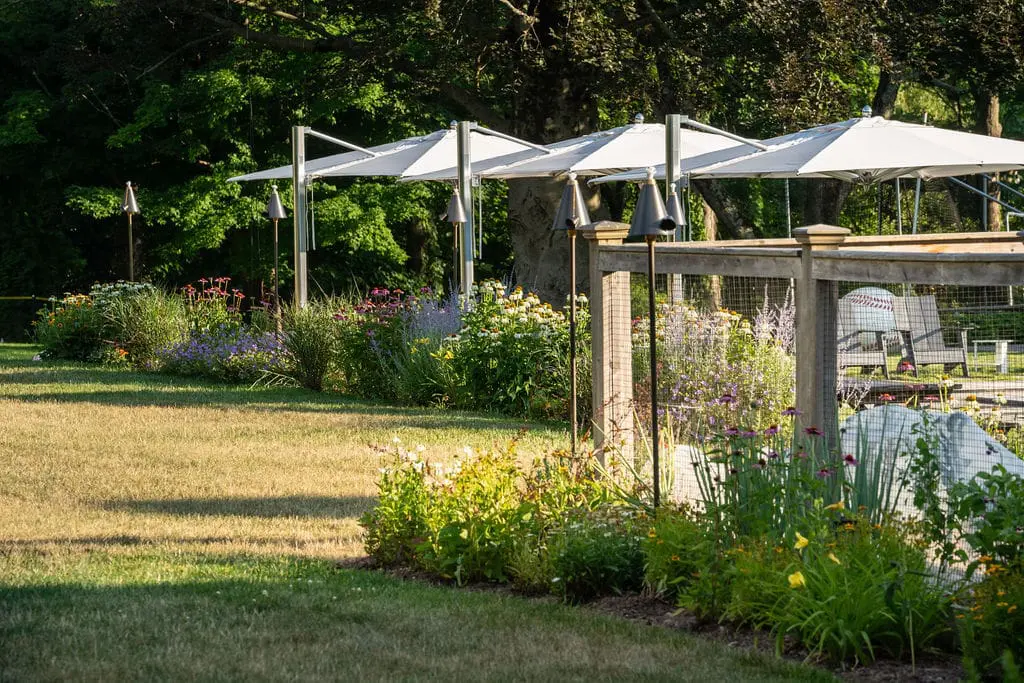
Modern Ecological Poolscape & Front Entry | Darien, CT
We had so much fun working on this contemporary home’s landscape plan, fusing together a clean minimalist aesthetic with ecologically beneficial plants. Textured, layered planting beds create habitat while contrasting with grand masonry. The existing meadow needed a revamp as much of the initial plant diversity had been lost due to improper management. Learn more about the project on our previous blog.
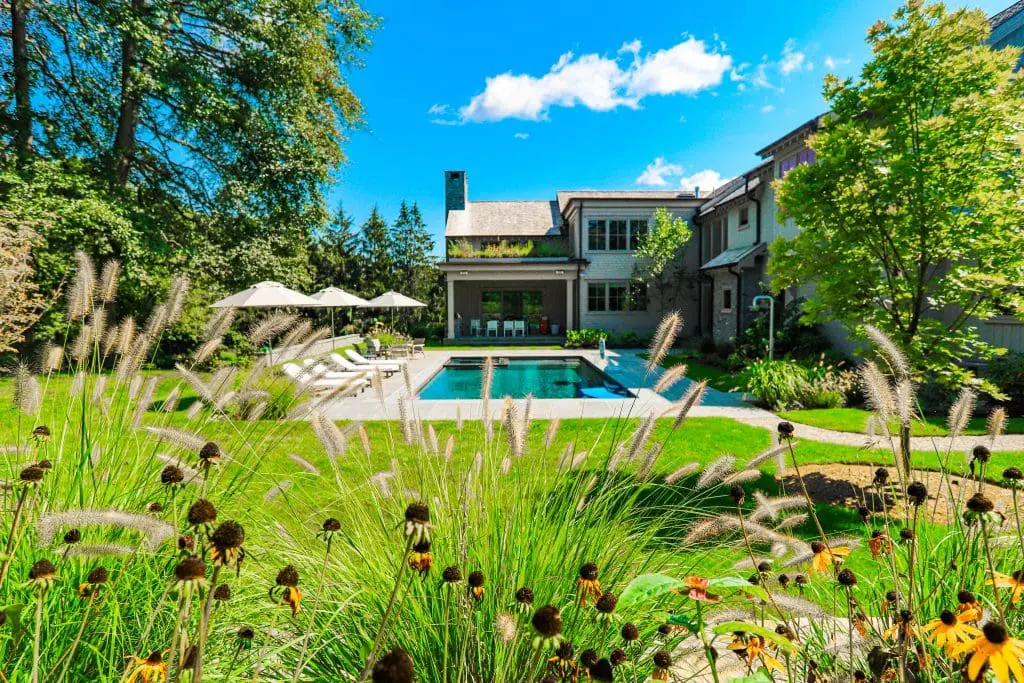
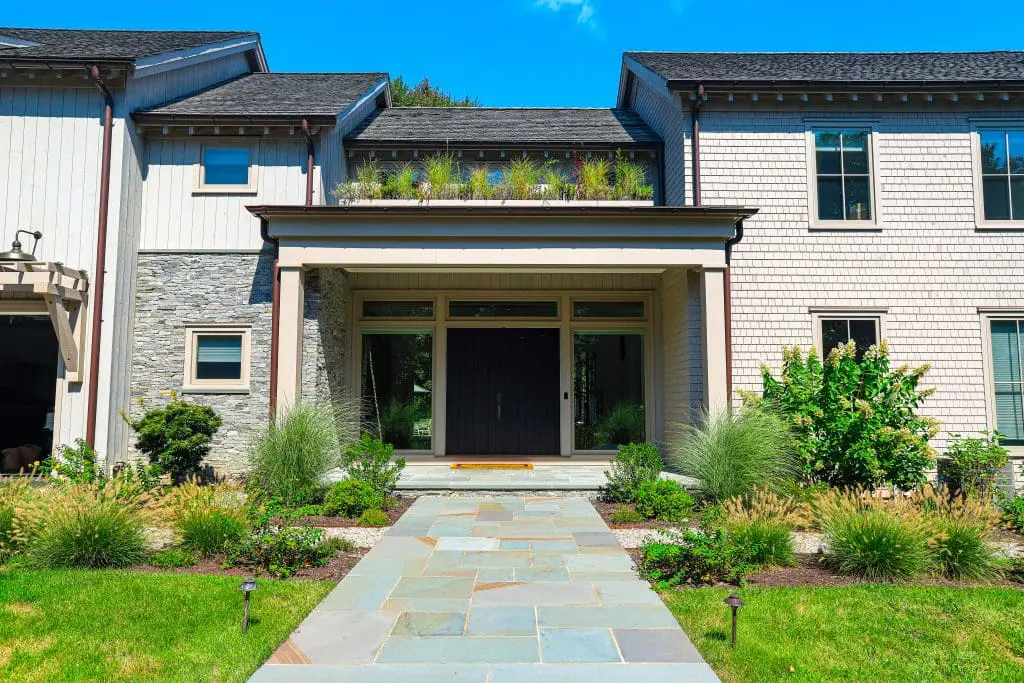
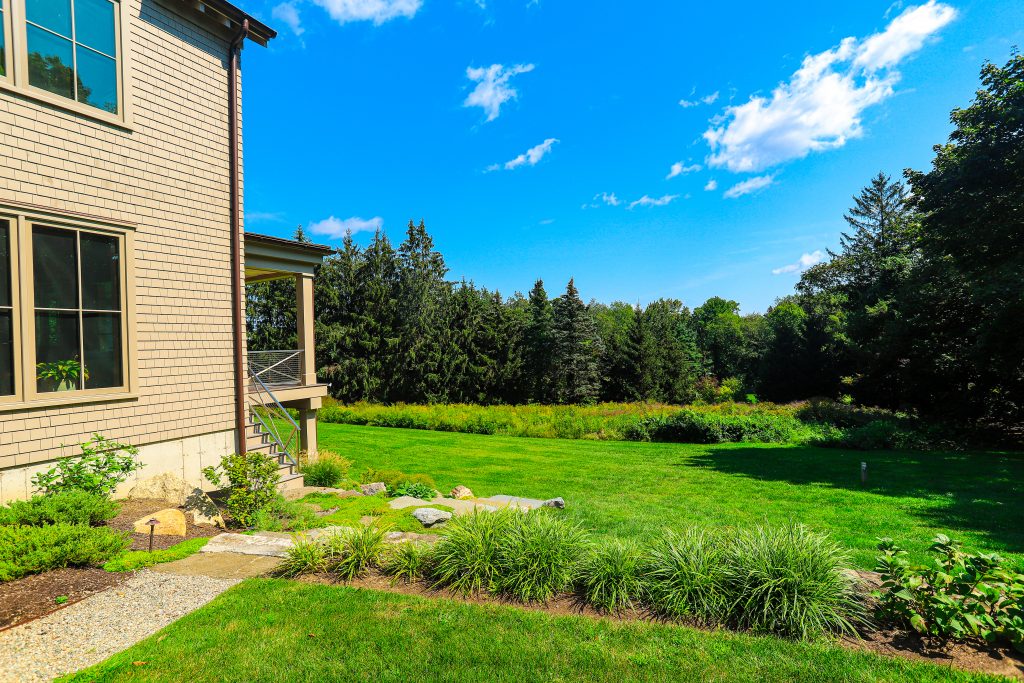
Front Yard Permaculture Garden | Darien, CT
This was an incredibly unique project that incorporated permaculture theory, edibles, and making the front yard a functional chicken enclosure! Thank you to our amazing clients for reimagining front yard beauty standards! This Darien, CT property is productive, organic and provides countless ecosystem services. Learn more about the project on our previous blog.
